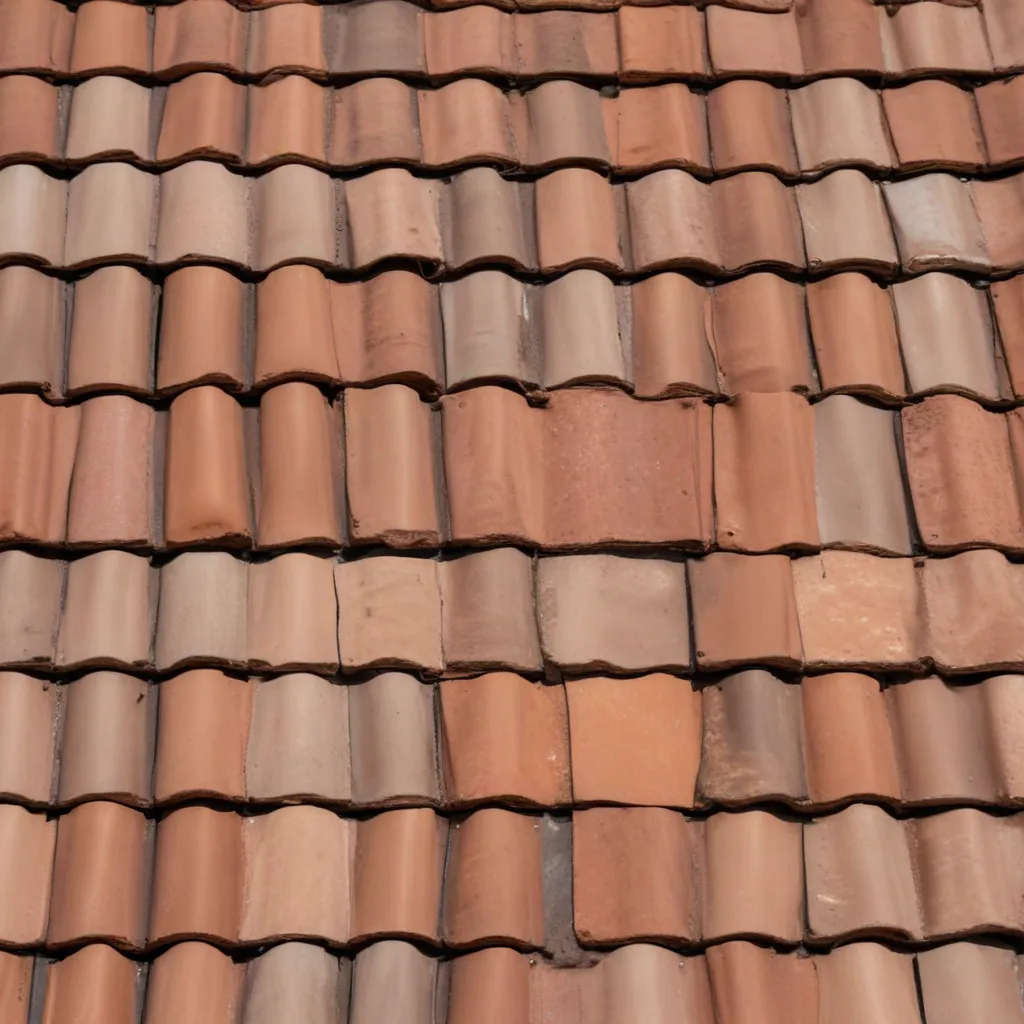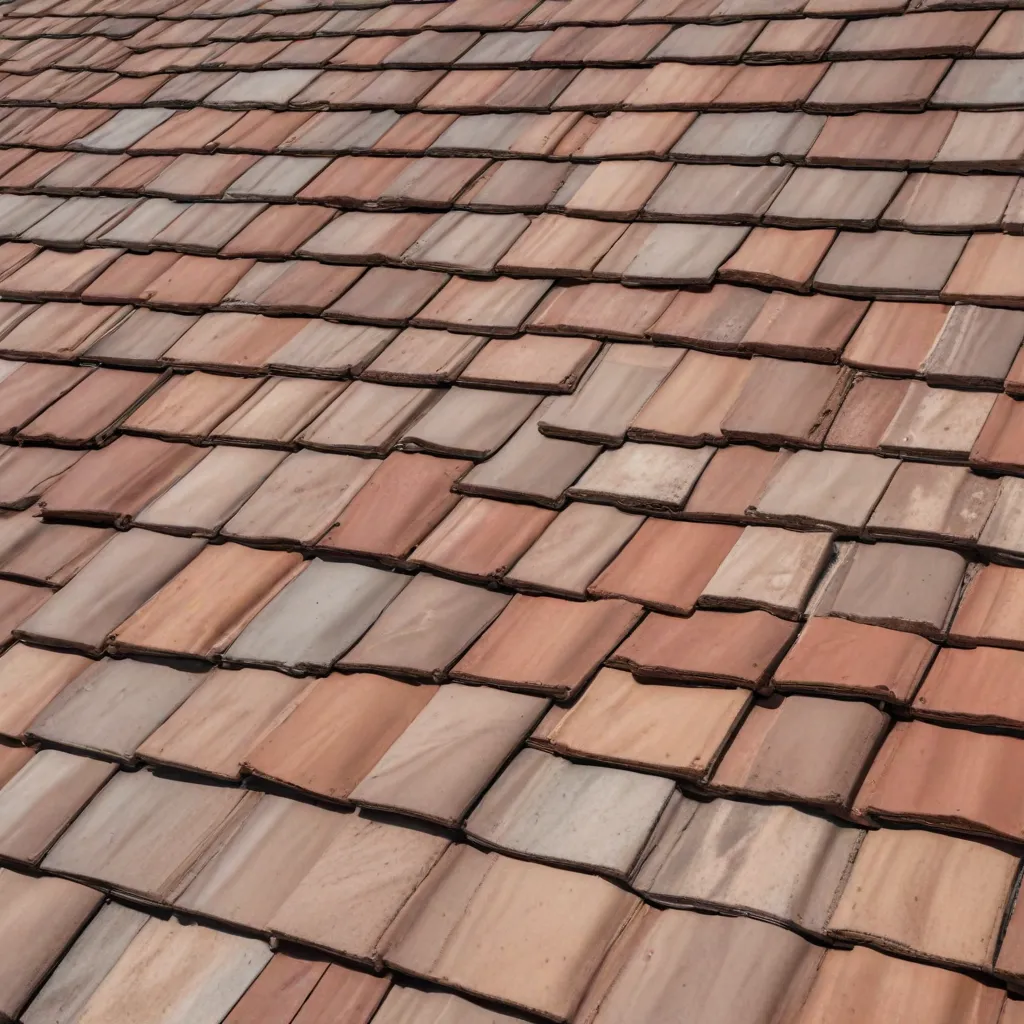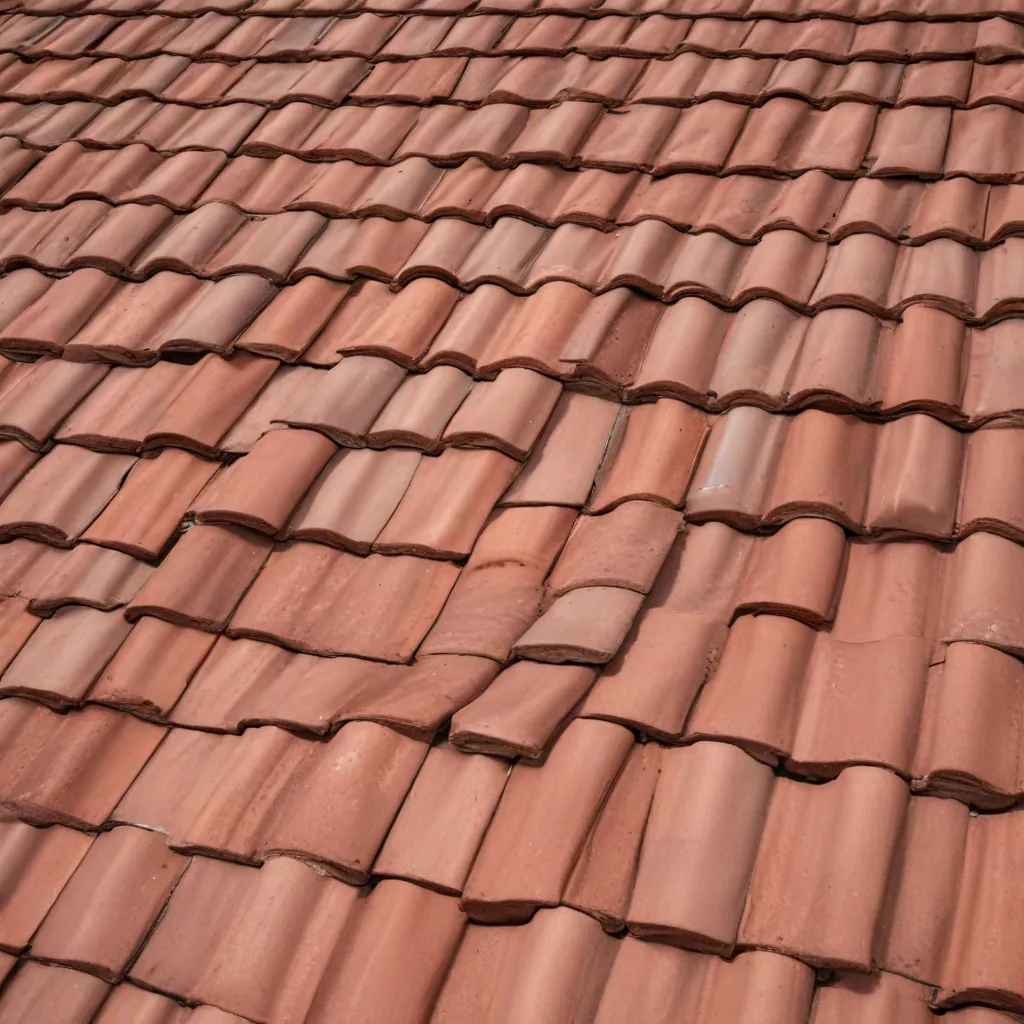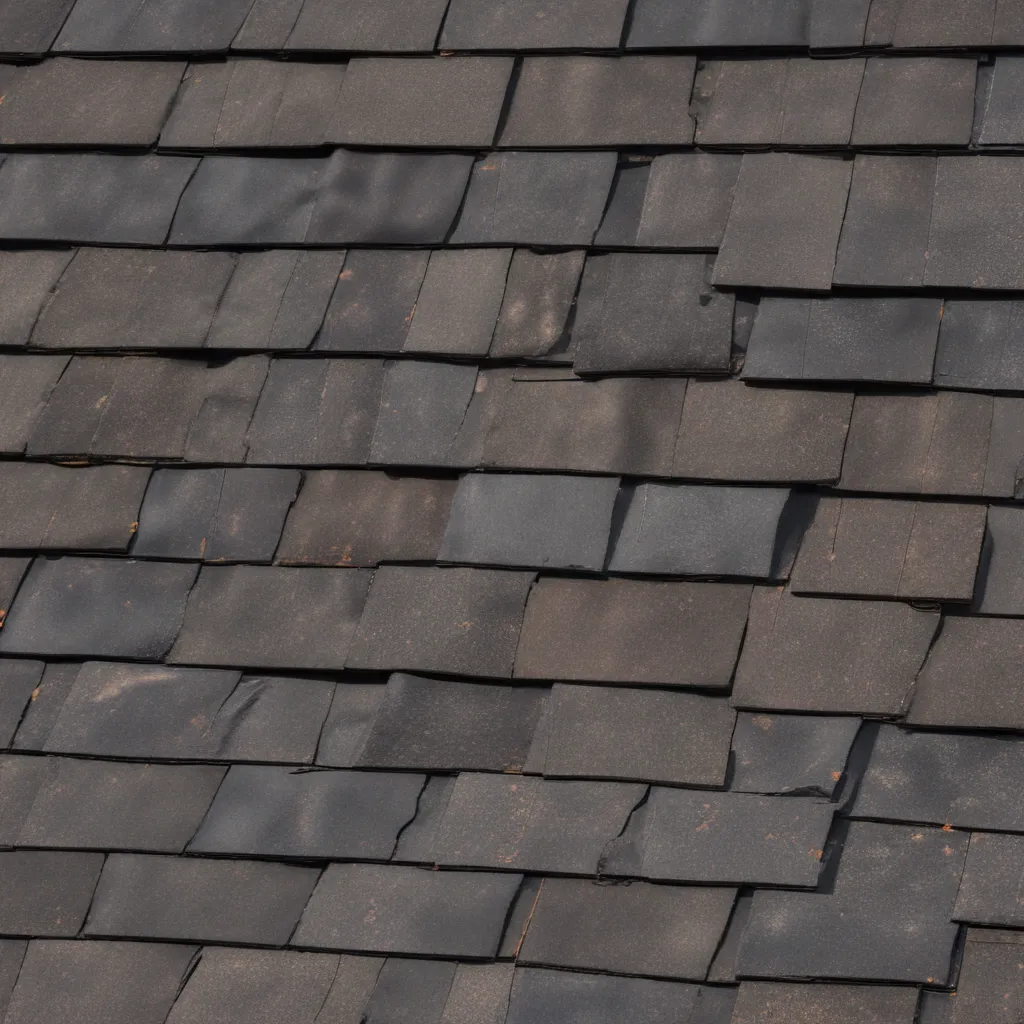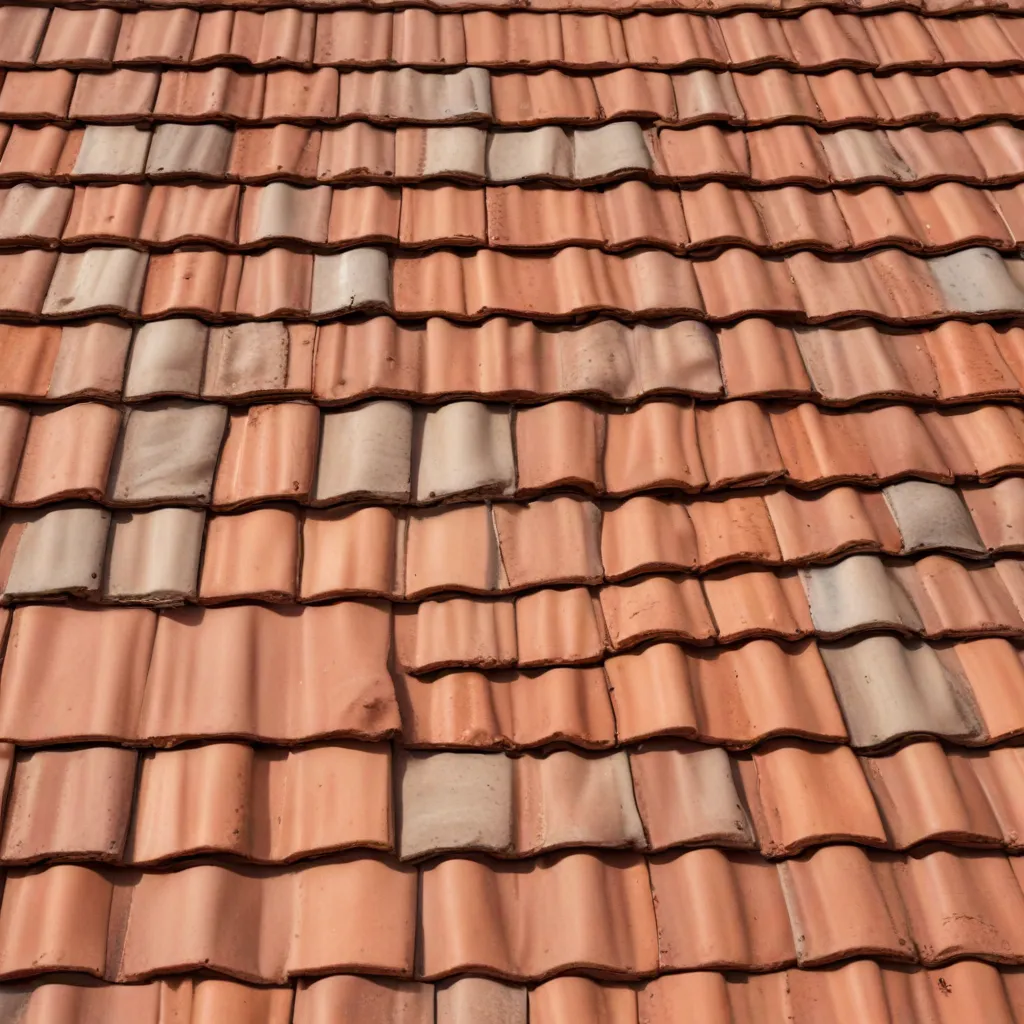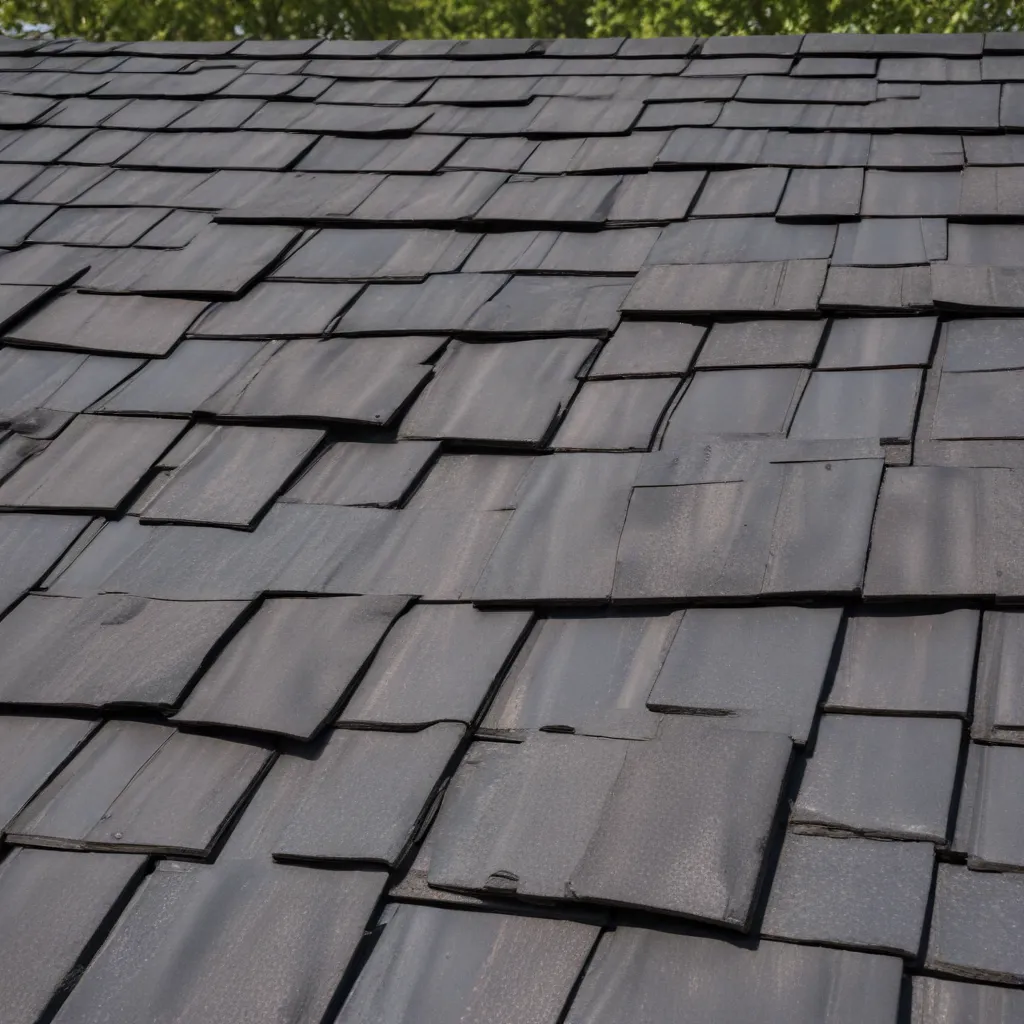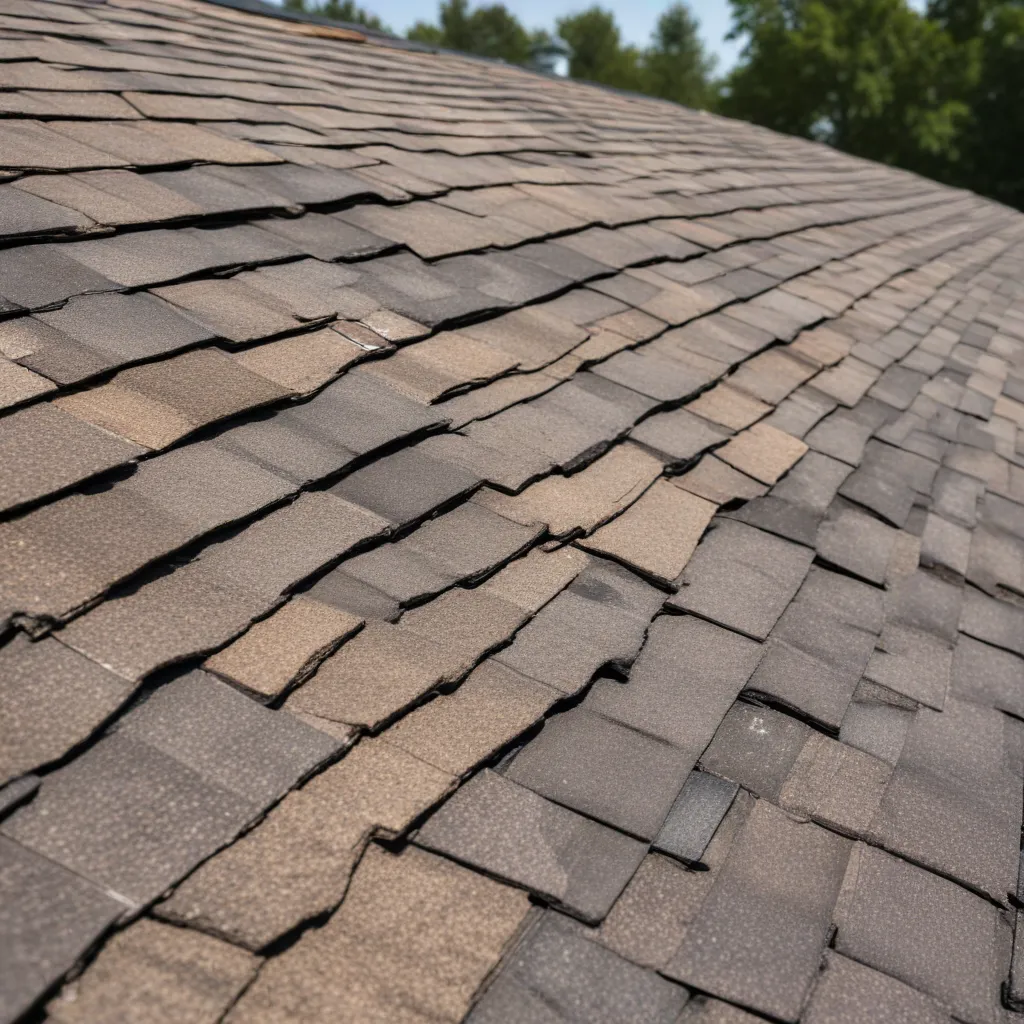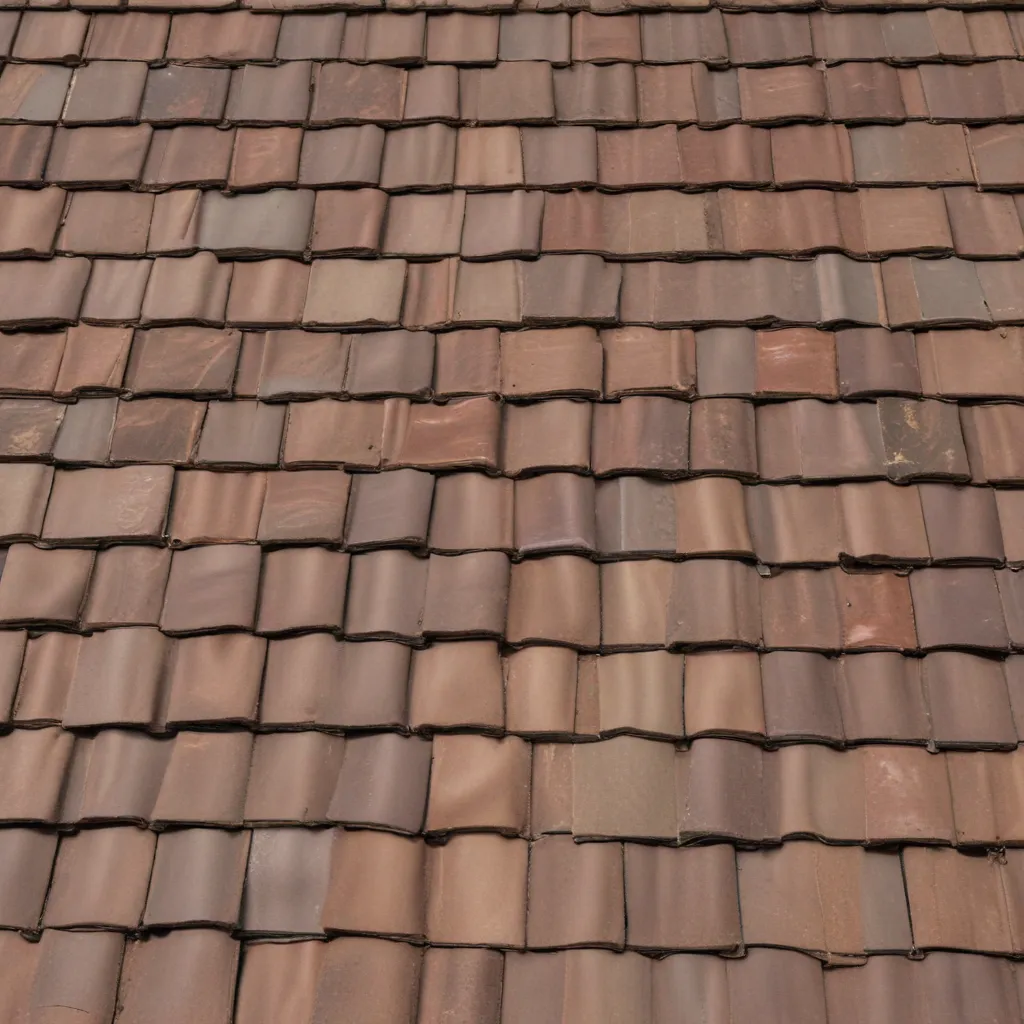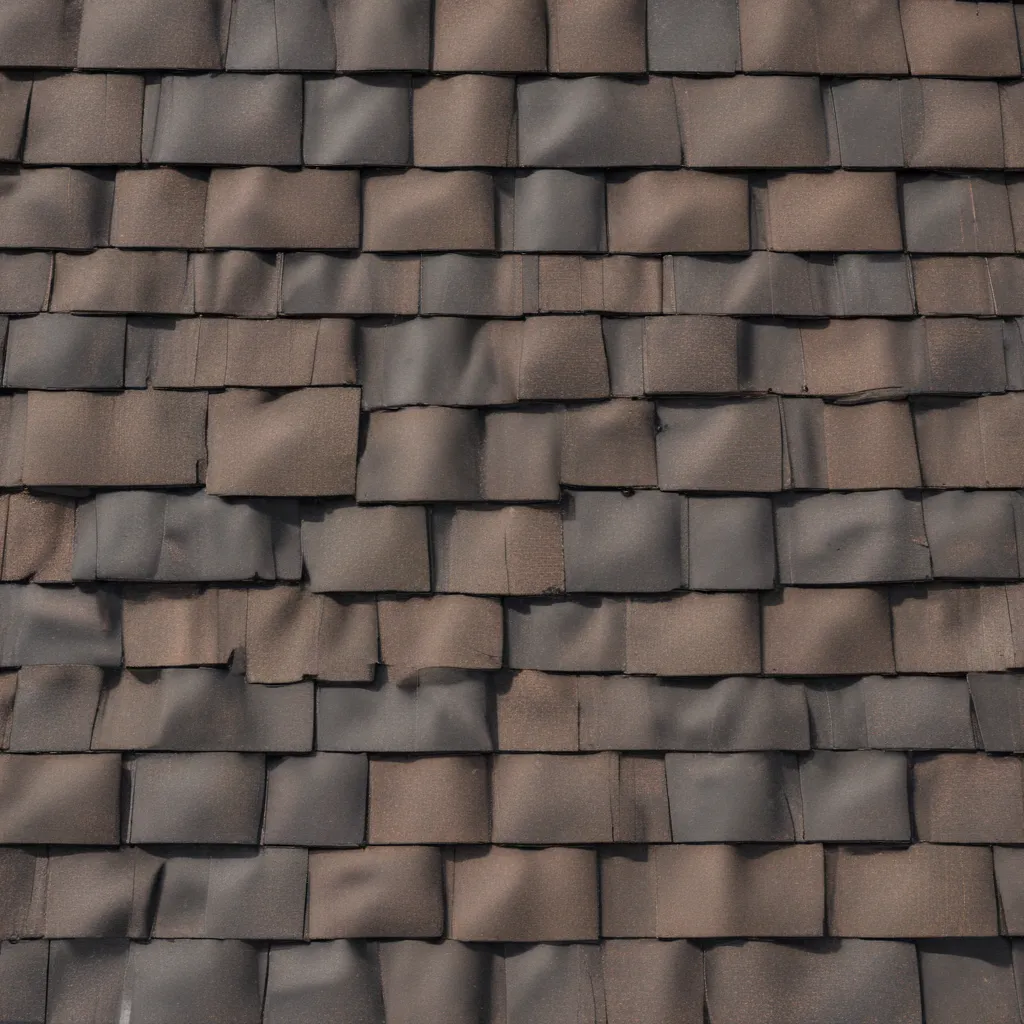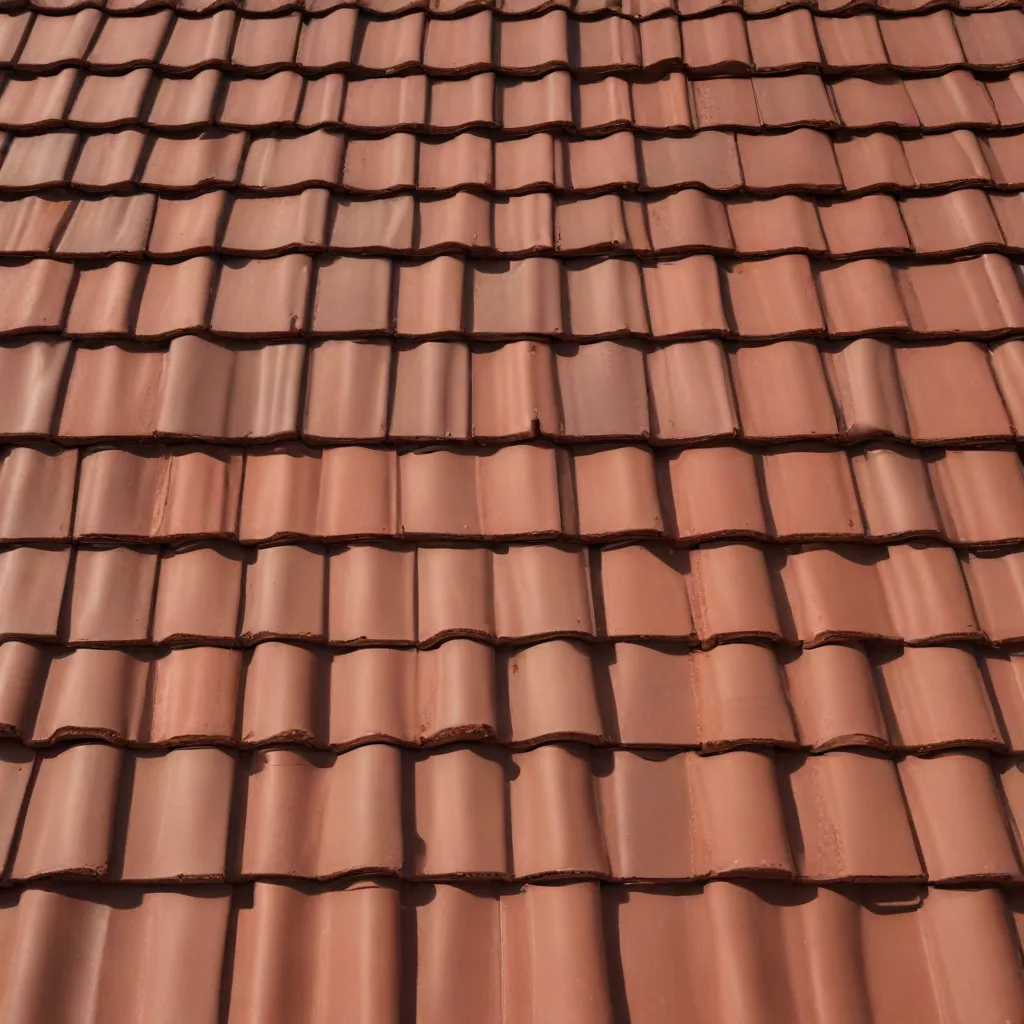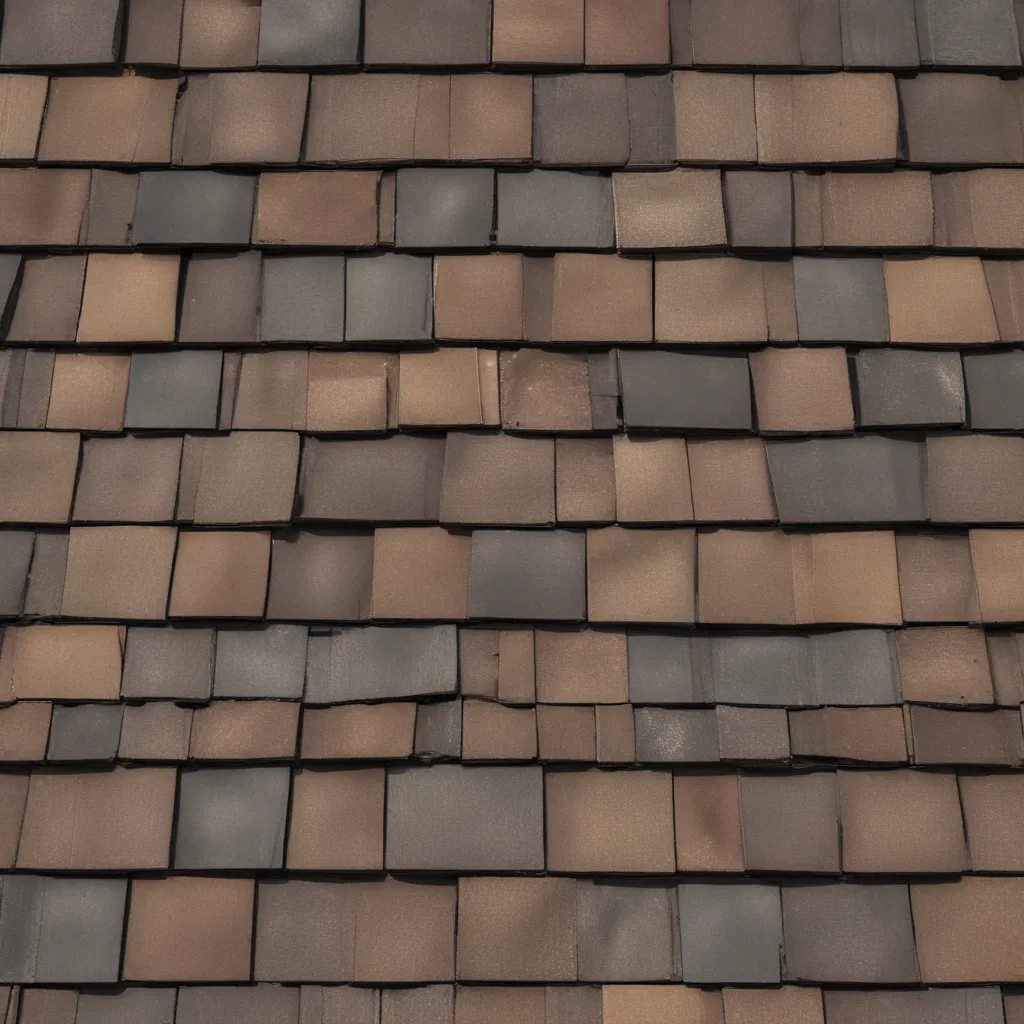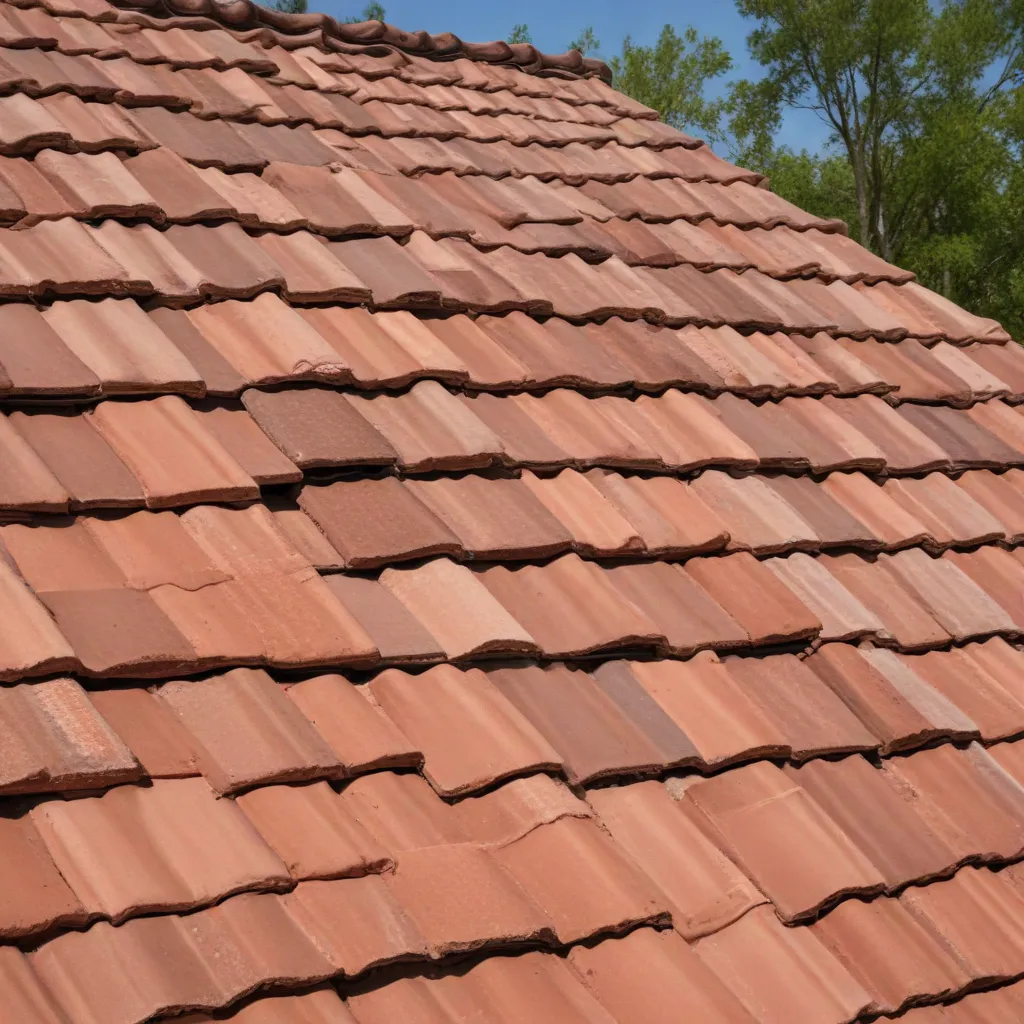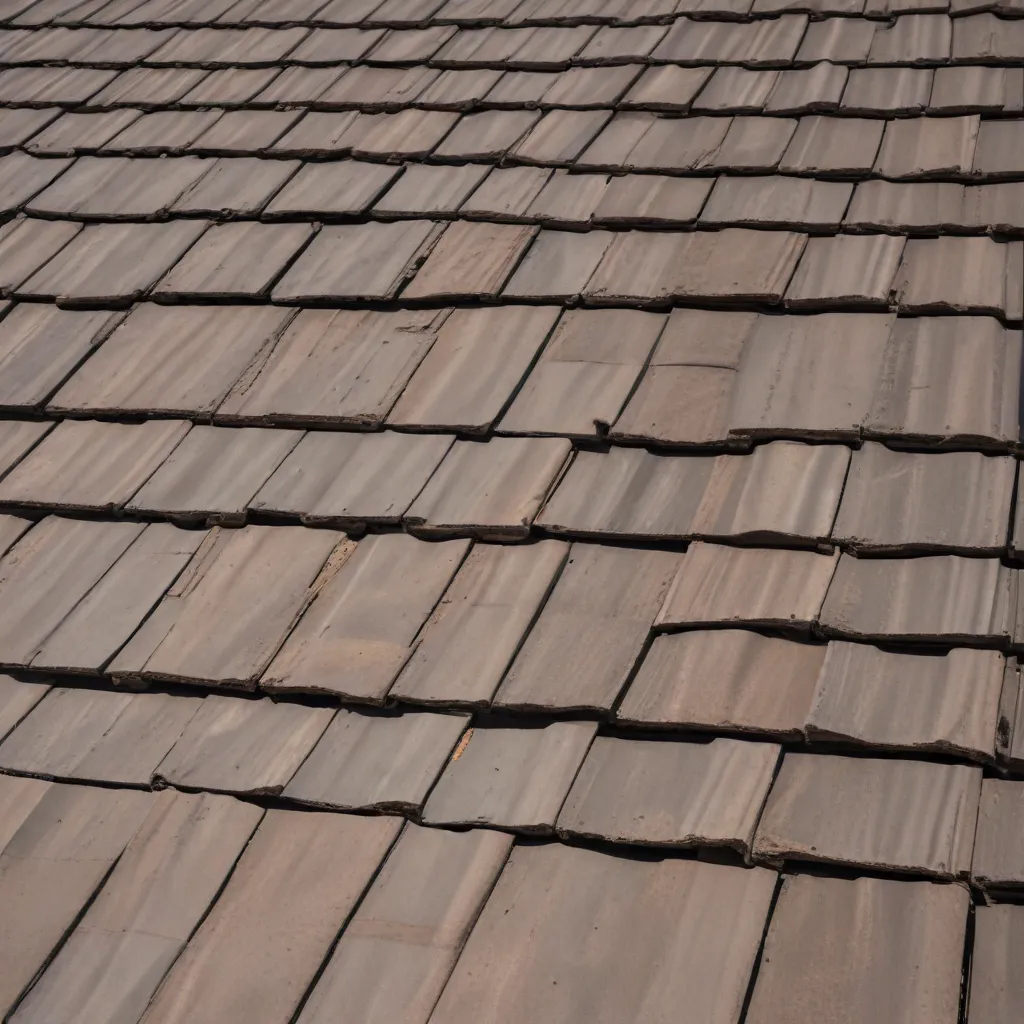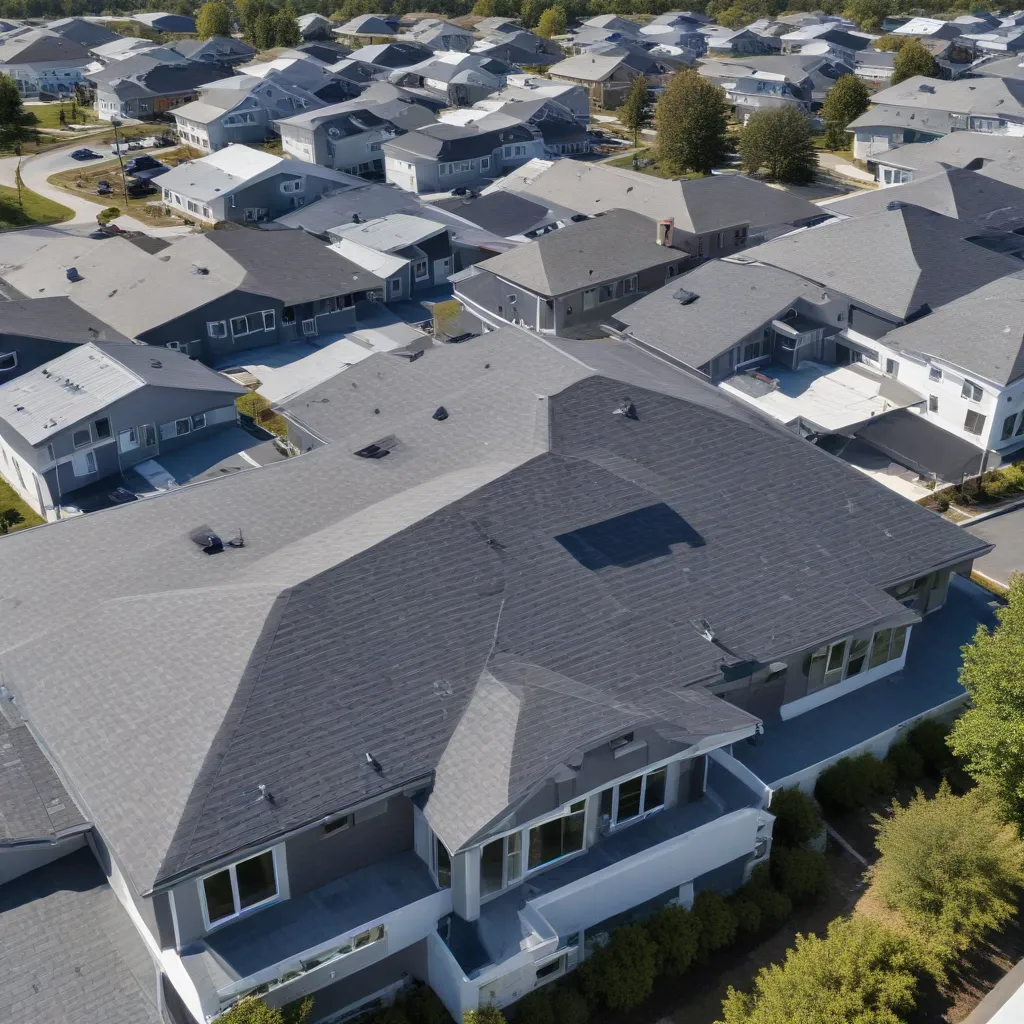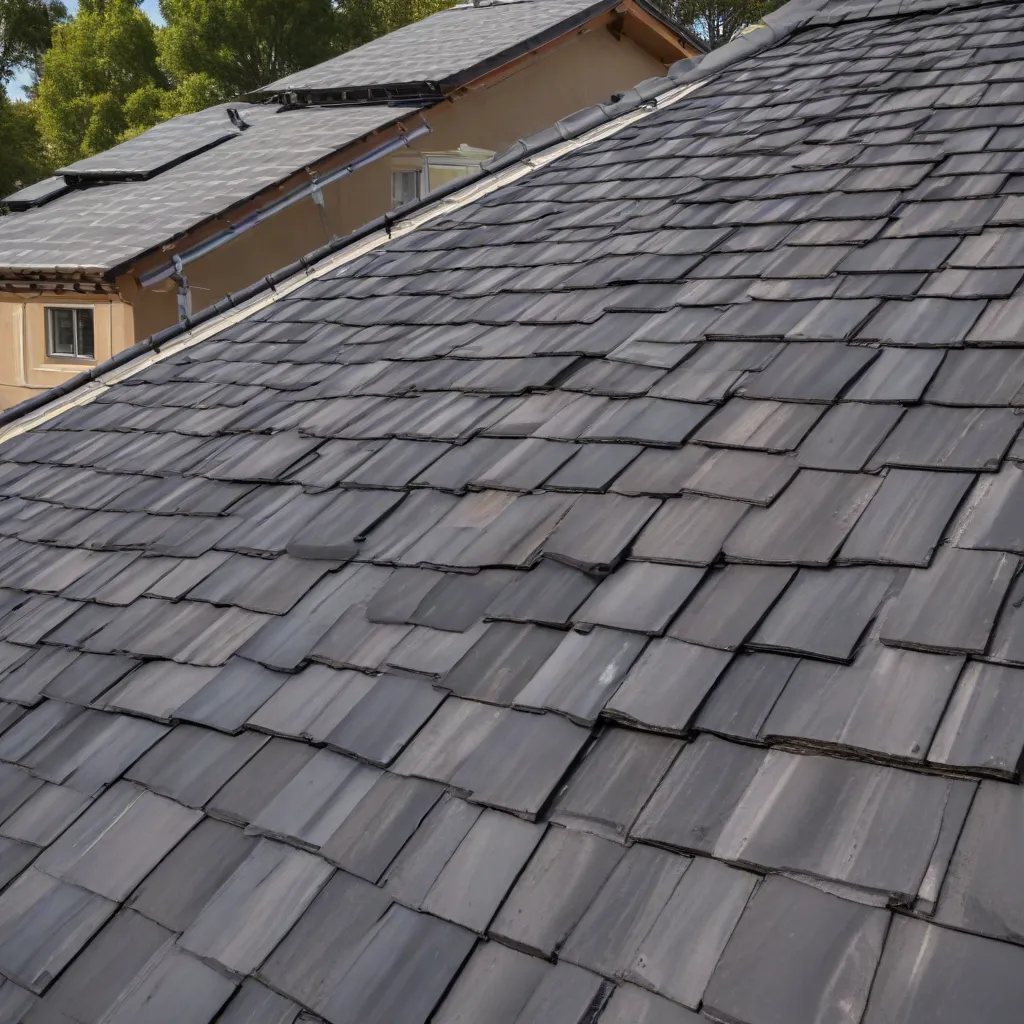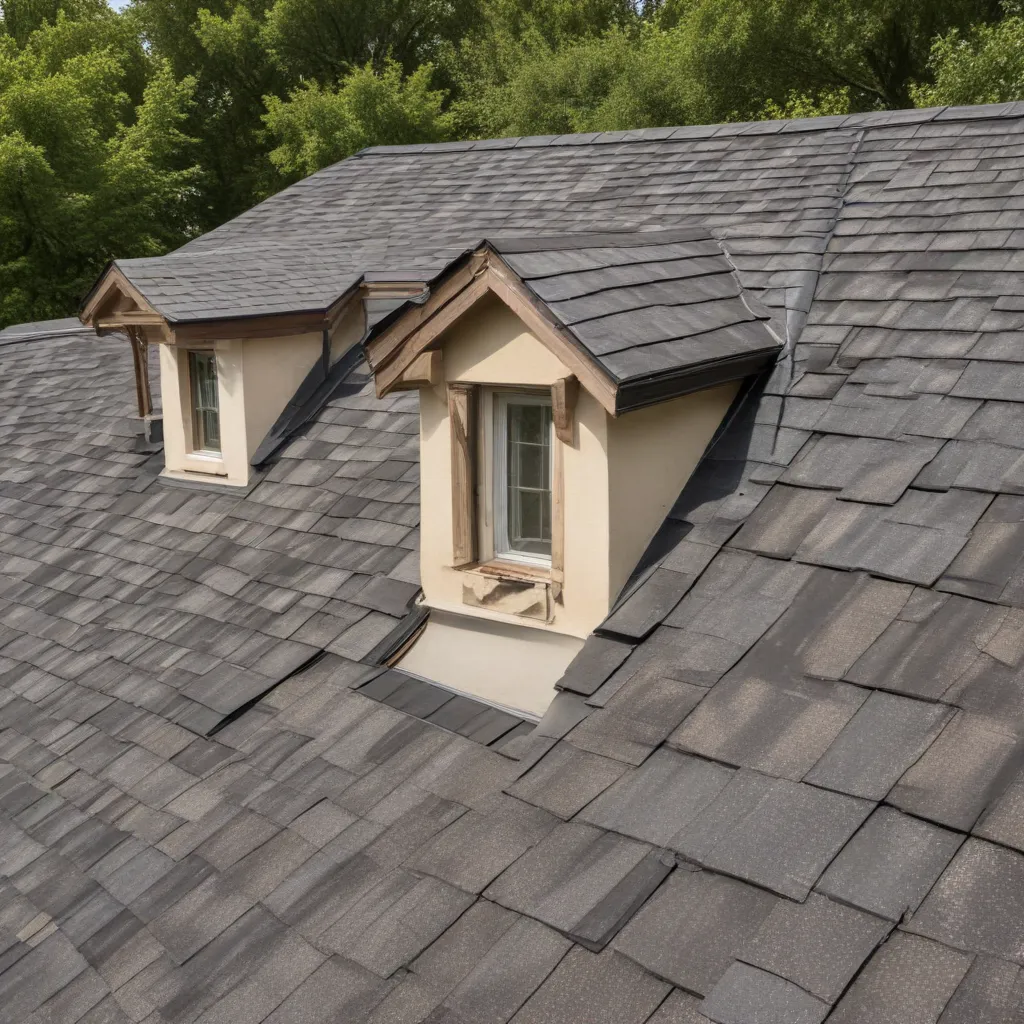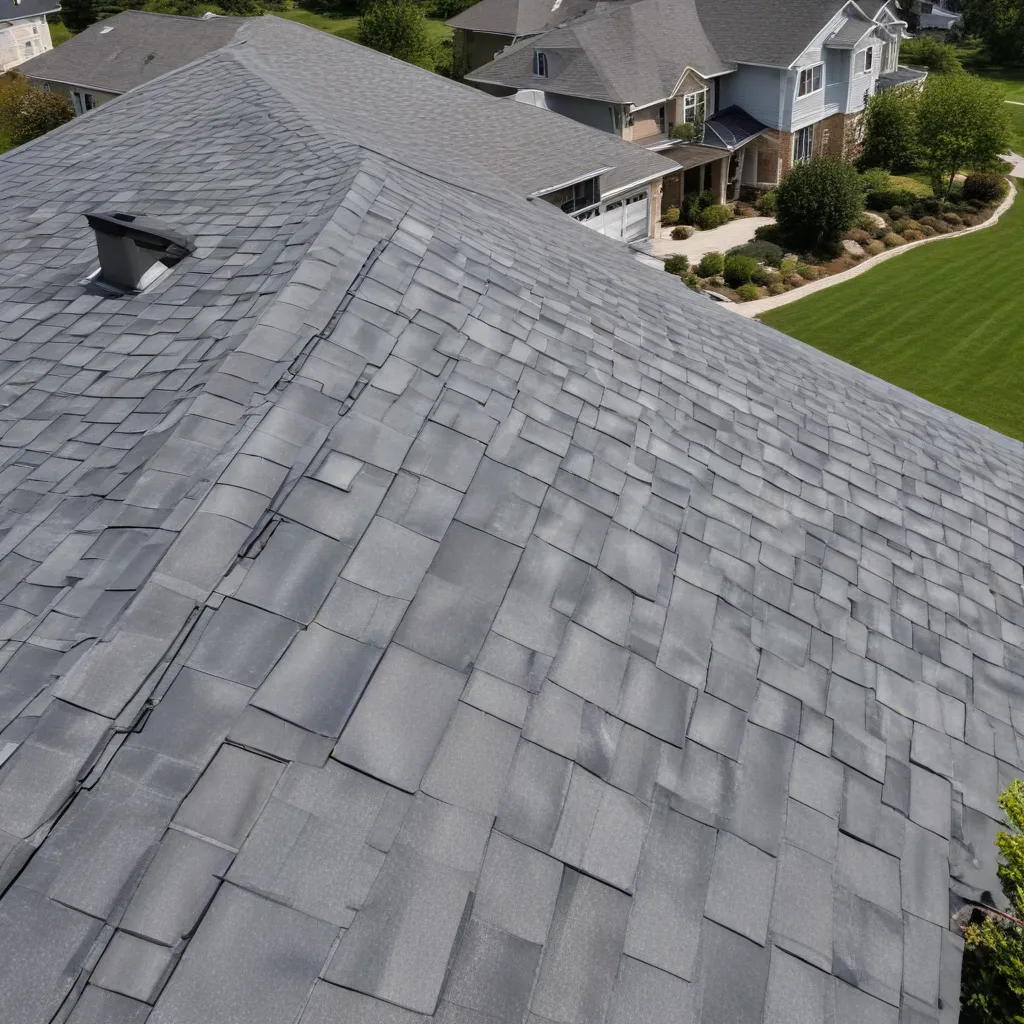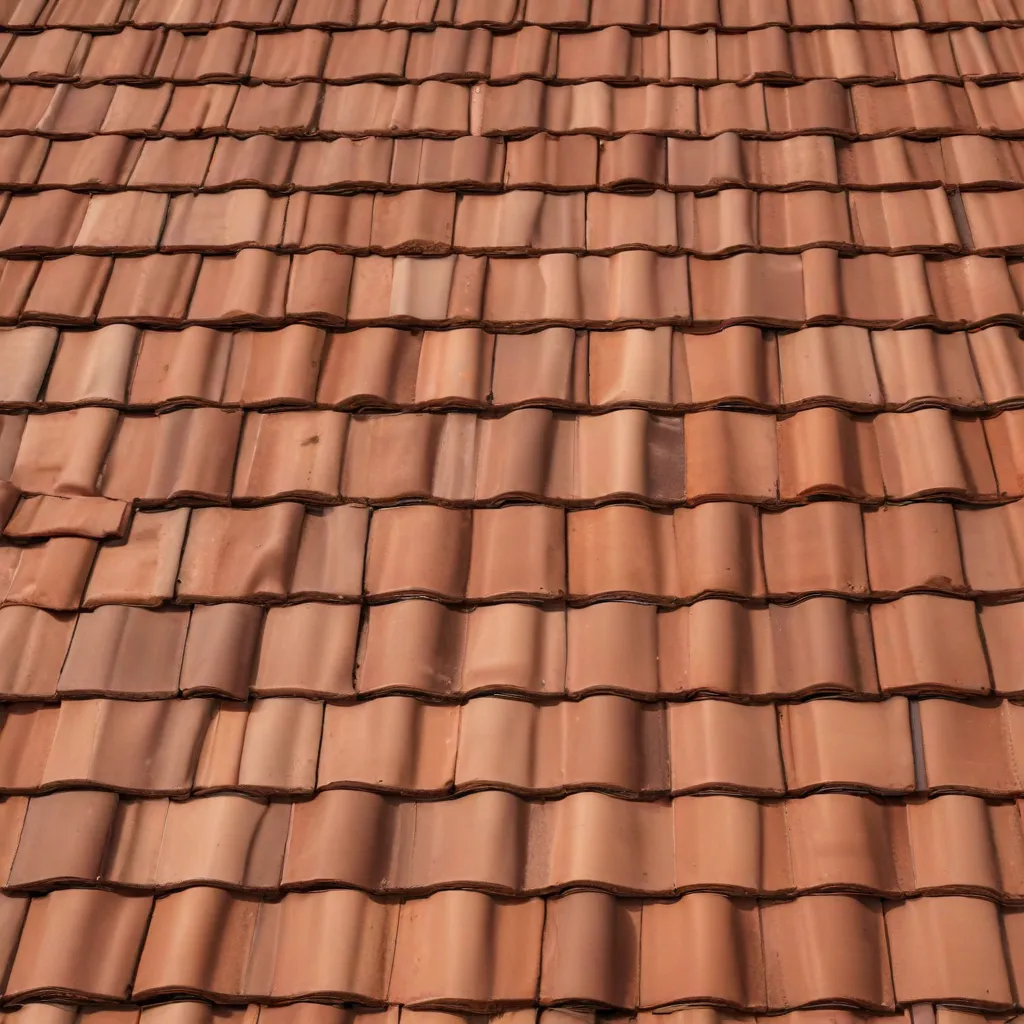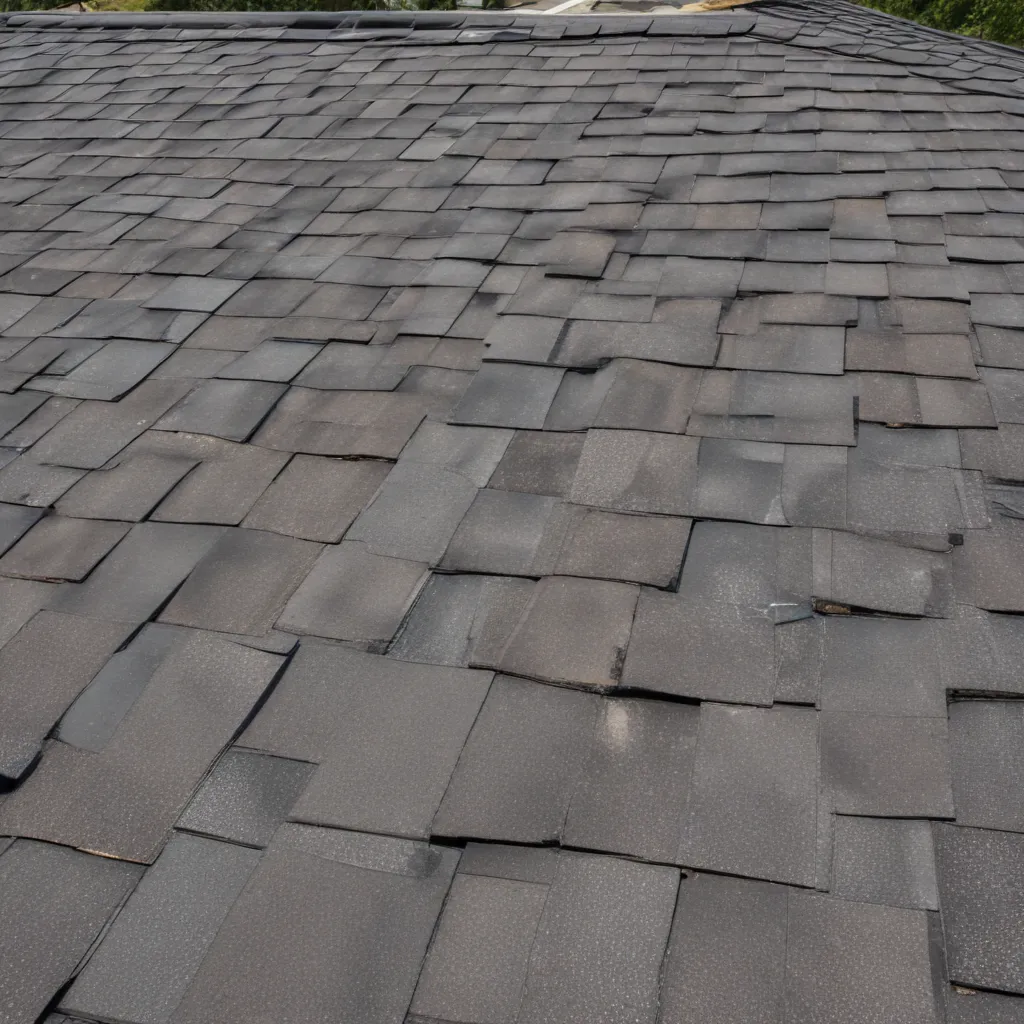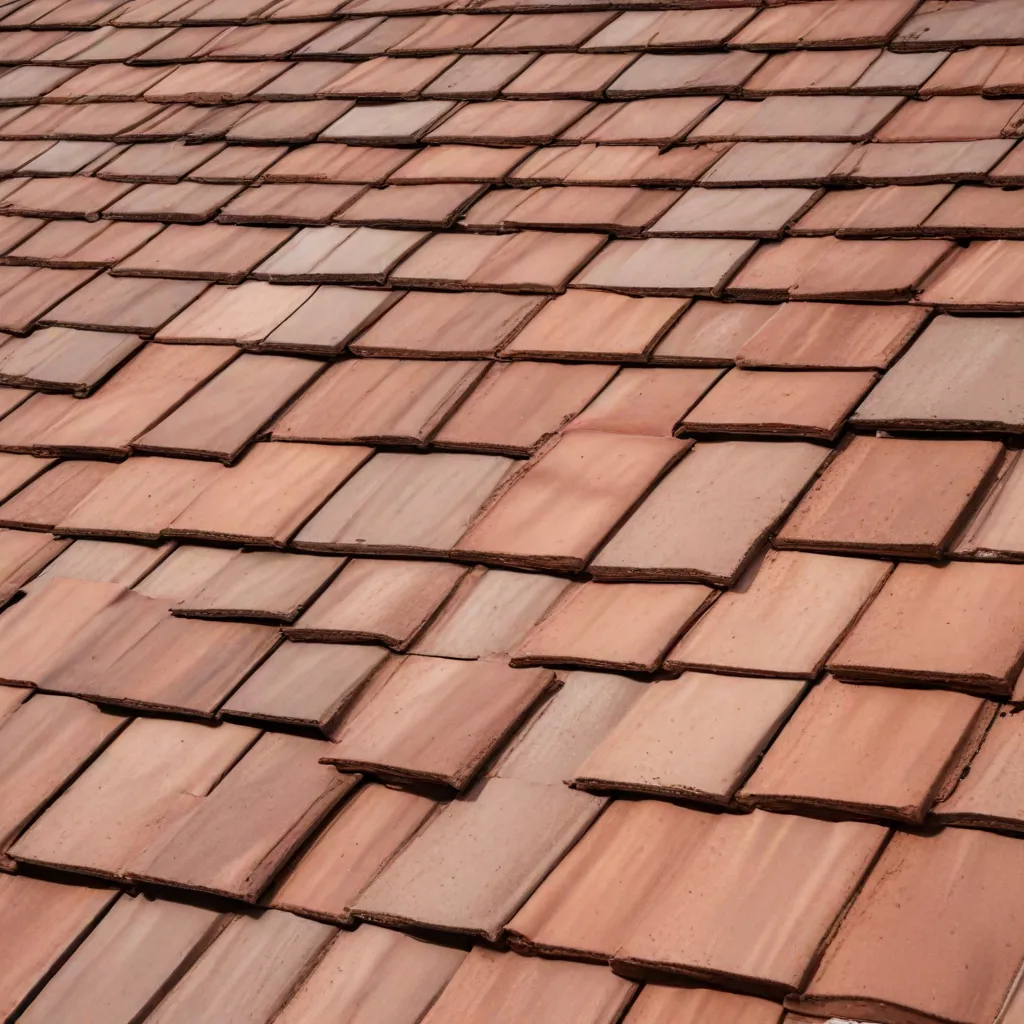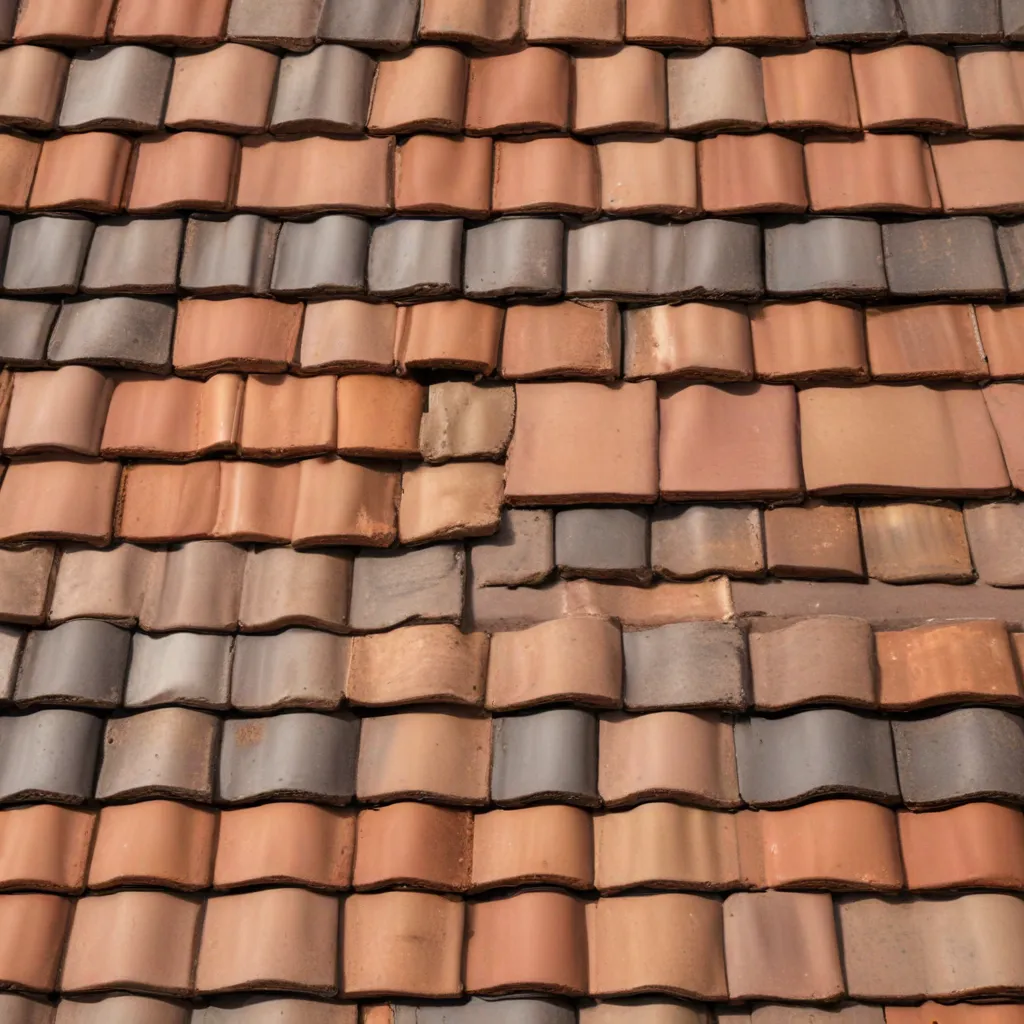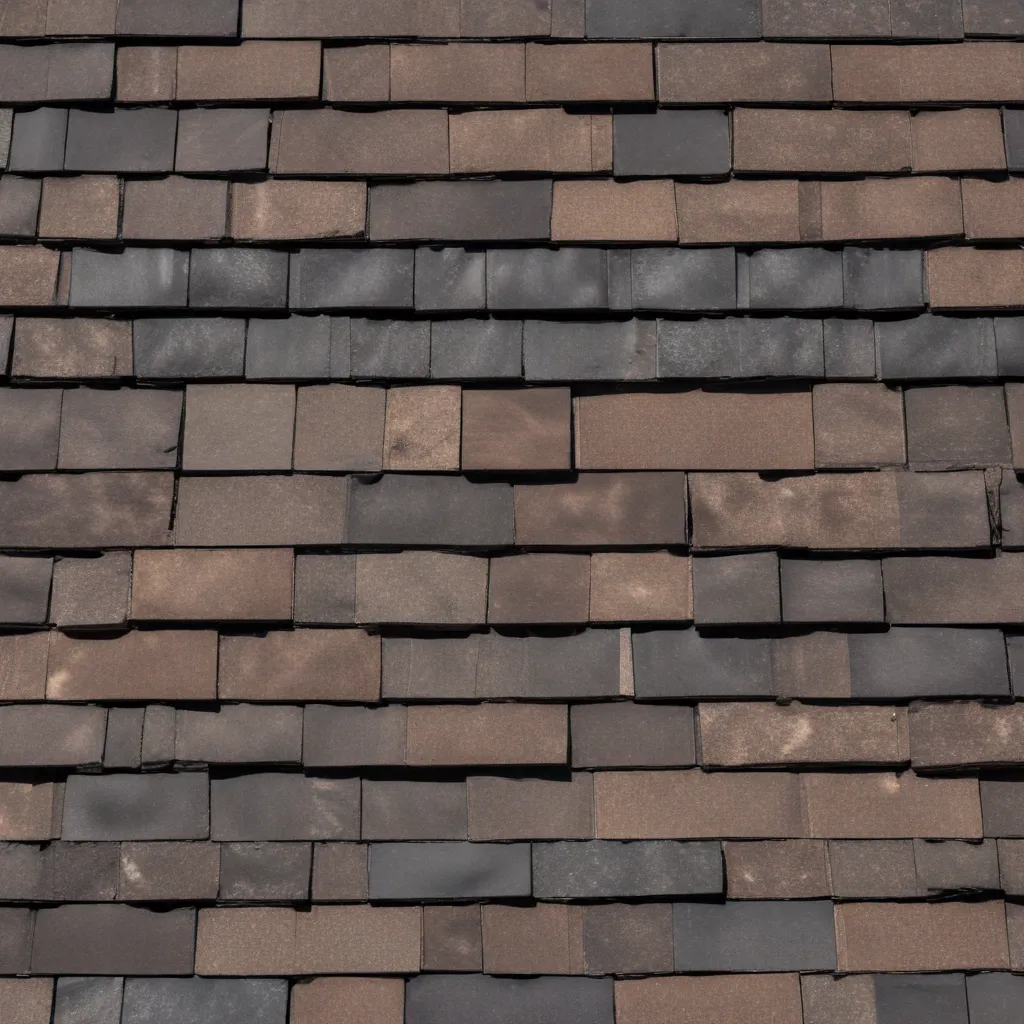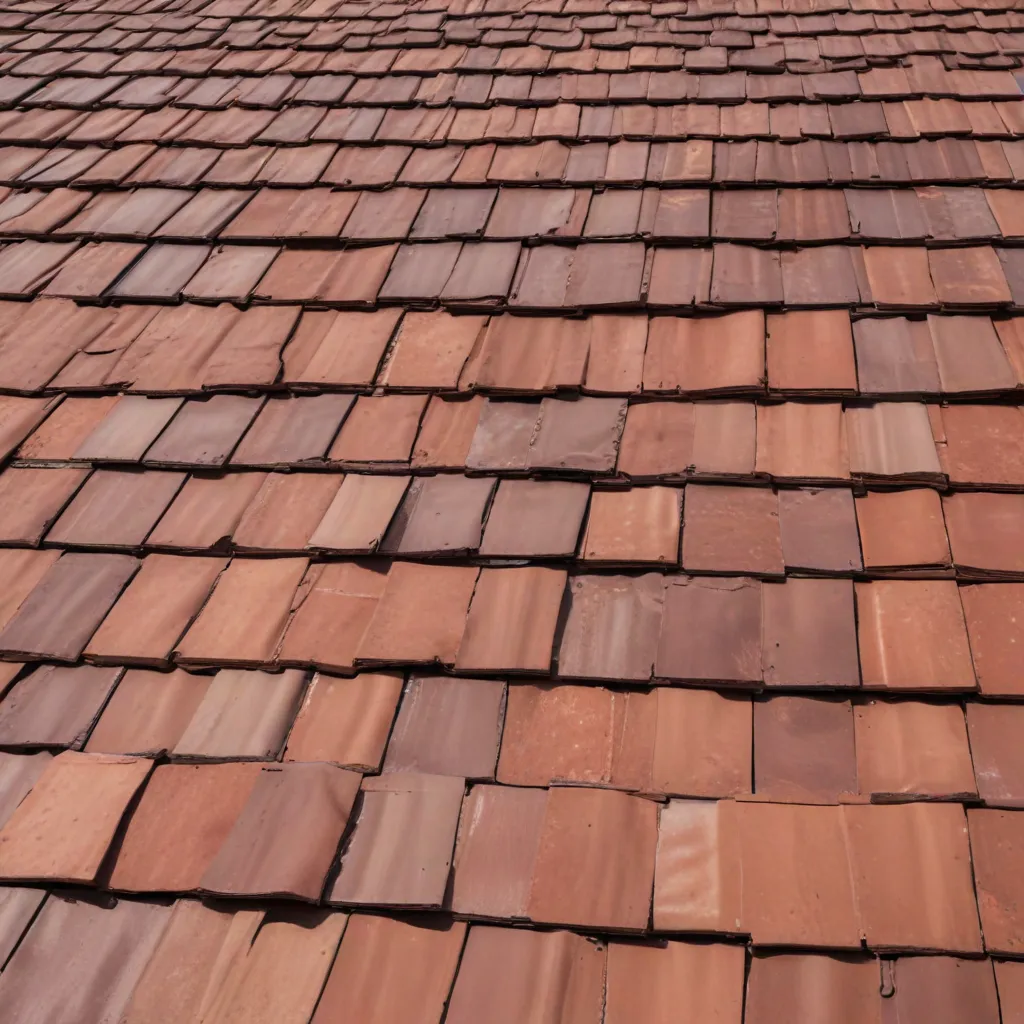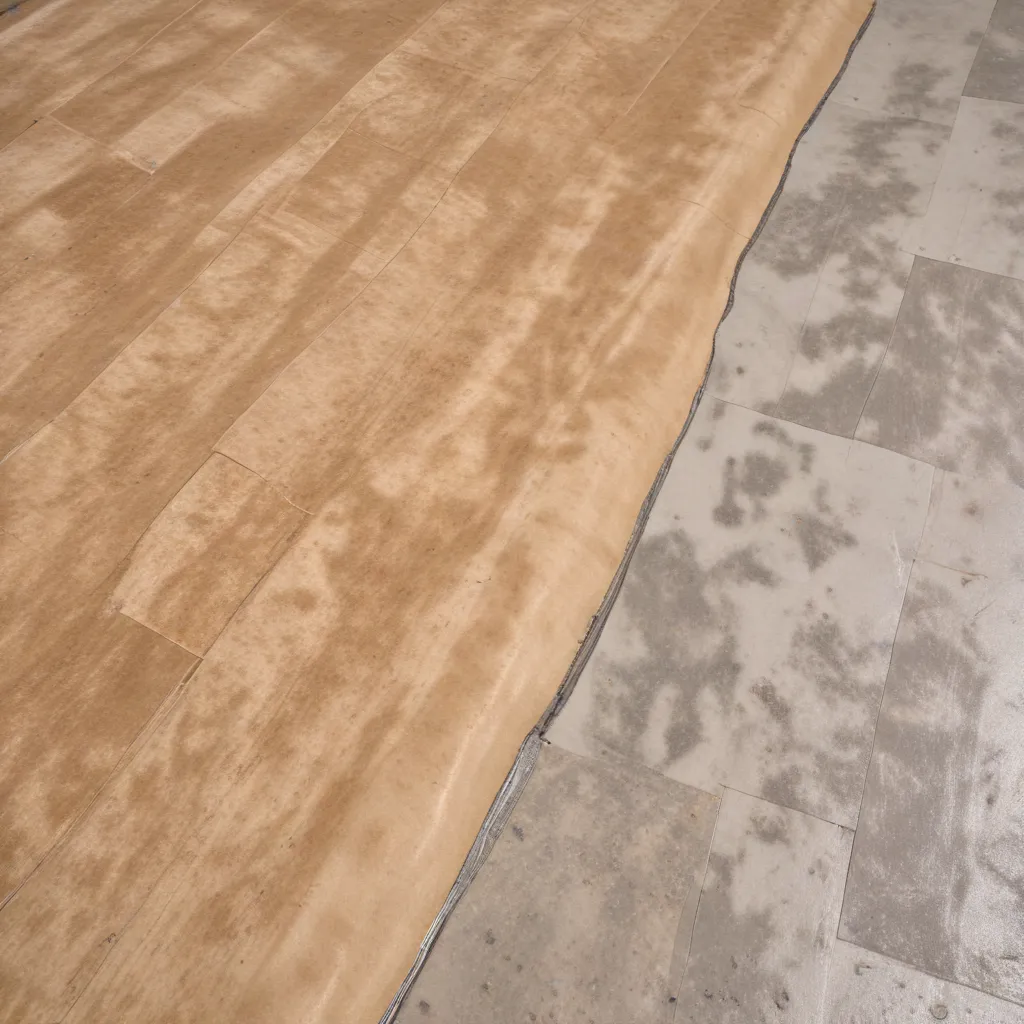
As a seasoned roofing specialist, I know that the unsung hero of any well-designed roofing system is the underlayment. This essential layer, installed directly on the roof deck, plays a crucial role in safeguarding your home or building from the elements. Choosing the right underlayment can mean the difference between a durable, weatherproof roof and one that’s prone to leaks and damage. In this comprehensive guide, we’ll explore the fundamental considerations for selecting the perfect underlayment to ensure reliable weatherproofing and leak prevention.
Underlayment Fundamentals
Underlayment is a critical component that serves as a secondary barrier between the roof deck and the visible roofing material, such as shingles, tiles, or metal panels. This protective layer helps to shield the roof structure from moisture, wind, and other environmental stresses.
Underlayment Definitions
At a basic level, there are three primary types of underlayment to consider:
Felt Underlayment: The traditional option, also known as tar paper, is typically made from an organic or fiberglass base saturated with asphalt. While economical, felt underlayment is less durable and more prone to tearing compared to modern synthetic options.
Rubberized Asphalt Underlayment: Featuring superior waterproofing properties, this self-sealing underlayment is ideal for areas prone to heavy rain or ice dams. The rubberized asphalt creates a secure barrier against moisture infiltration.
Synthetic Underlayment: Crafted from materials like polypropylene or polyethylene, synthetic underlayments offer exceptional durability, tear resistance, and protection against UV degradation. They are becoming increasingly popular in modern roofing applications.
Underlayment Functions
The primary functions of a quality underlayment include:
- Moisture Barrier: Preventing water intrusion through the roof deck, protecting the structure from water damage and mold growth.
- Thermal Insulation: Helping to maintain the energy efficiency of the building by regulating heat transfer.
- Wind and UV Protection: Safeguarding the roof system against the damaging effects of high winds and prolonged UV exposure.
Weatherproofing Considerations
When selecting an underlayment, it’s crucial to consider the specific weather conditions and climate in your region. The right choice can mean the difference between a roof that withstands the elements with ease and one that succumbs to premature wear and tear.
Moisture Barrier Properties
In areas prone to heavy rainfall or snowfall, a highly water-resistant underlayment is essential. Rubberized asphalt underlayments excel in these conditions, forming a self-sealing barrier that prevents moisture intrusion, even around fasteners. Synthetic underlayments also offer excellent waterproofing capabilities, making them a reliable choice for homes in wet or snowy climates.
Thermal Insulation Characteristics
For regions with extreme temperatures, whether hot or cold, the underlayment’s ability to regulate heat transfer is crucial. Synthetic underlayments are often the preferred option, as they can help maintain the home’s energy efficiency by reducing heat gain or loss through the roof.
Wind and UV Resistance
In areas subject to high winds or intense sunlight, the underlayment must be able to withstand these environmental stresses. Synthetic underlayments, with their superior tear resistance and UV stabilizers, are well-suited for these conditions, ensuring long-lasting protection for your roof.
Leak Prevention Strategies
Preventing roof leaks is a top priority for any roofing system, and the underlayment plays a vital role in this endeavor. By employing strategic installation techniques and design considerations, you can ensure a watertight barrier that safeguards your home or building.
Seam Sealing Techniques
Proper sealing of the underlayment’s seams is essential to create a continuous moisture barrier. This can be achieved through the use of self-adhering laps or specialized sealant tapes, which form a durable bond and prevent water infiltration.
Fastening and Attachment Methods
The way the underlayment is secured to the roof deck can also impact its ability to resist water intrusion. Mechanical fasteners, such as roofing nails or staples, must be properly installed to maintain a tight seal. Alternatively, self-adhered underlayments eliminate the need for separate fasteners, creating a seamless and waterproof barrier.
Sloped Roof Design
The slope of the roof is another critical factor in leak prevention. Steeper roofs allow water and snow to drain more efficiently, reducing the risk of pooling and subsequent leaks. In these scenarios, lighter and more flexible underlayment options, such as synthetic, may be preferable.
Underlayment Selection Process
When it comes to choosing the right underlayment for your roofing project, there are several key factors to consider, each with its own set of benefits and tradeoffs.
Performance Criteria
Evaluate the underlayment’s durability, waterproofing capabilities, thermal insulation properties, and resistance to wind and UV exposure. Prioritize these features based on the specific climate and environmental conditions in your region.
Application-Specific Factors
The type of roofing material you’ll be installing, the slope of your roof, and your overall budget will all influence the optimal underlayment choice. For example, rubberized asphalt is an excellent choice for flat or low-slope roofs, while synthetic underlayments may be better suited for steeper pitches.
Installation Best Practices
Ease of installation is another crucial consideration, especially for DIY-inclined homeowners or projects with tight labor budgets. Synthetic underlayments, with their larger roll sizes and lighter weight, often offer a more straightforward installation process compared to traditional felt or rubberized asphalt options.
By carefully weighing these factors and aligning them with your specific roofing needs, you can select an underlayment that not only provides reliable weatherproofing and leak prevention but also delivers long-term performance and value.
At Genuine Roof Systems, we understand the importance of a well-designed roofing system, and the underlayment is a critical component in achieving that. Our team of experts is here to guide you through the selection process and ensure your roofing project is a resounding success. Contact us today to learn more about our comprehensive underlayment solutions and how they can safeguard your most valuable asset – your home or building.

